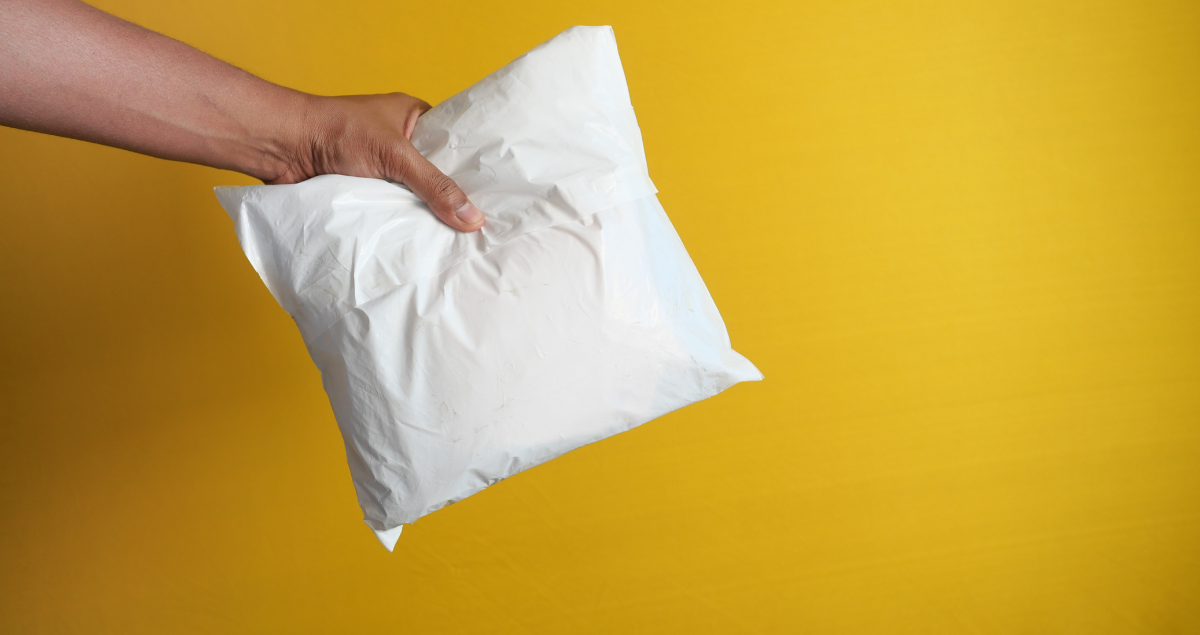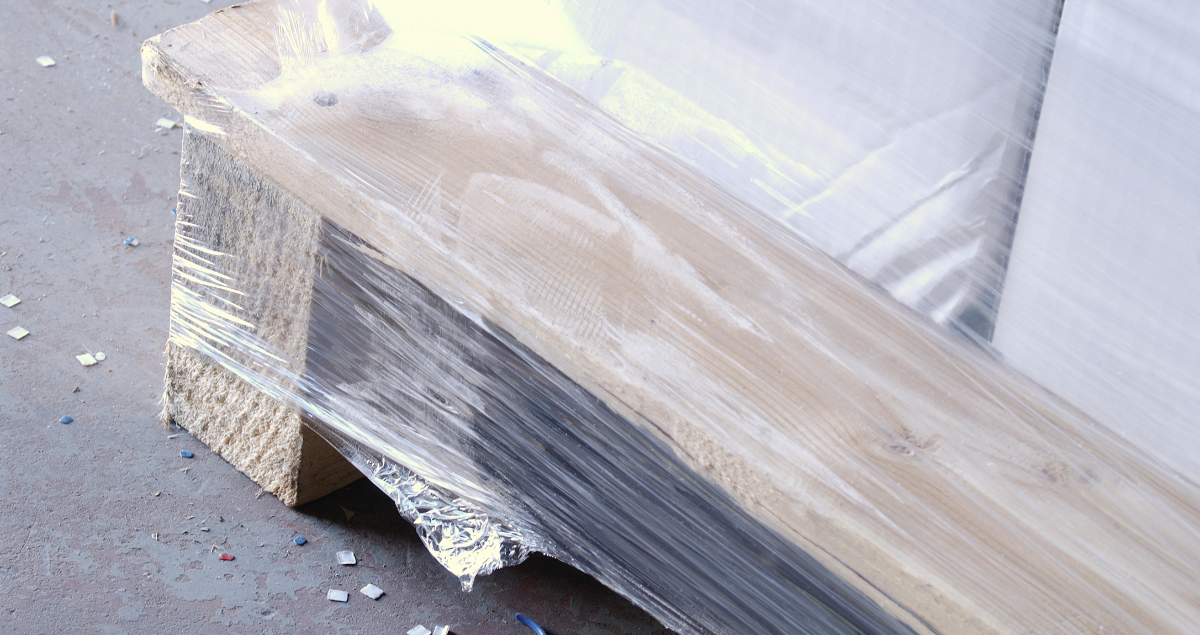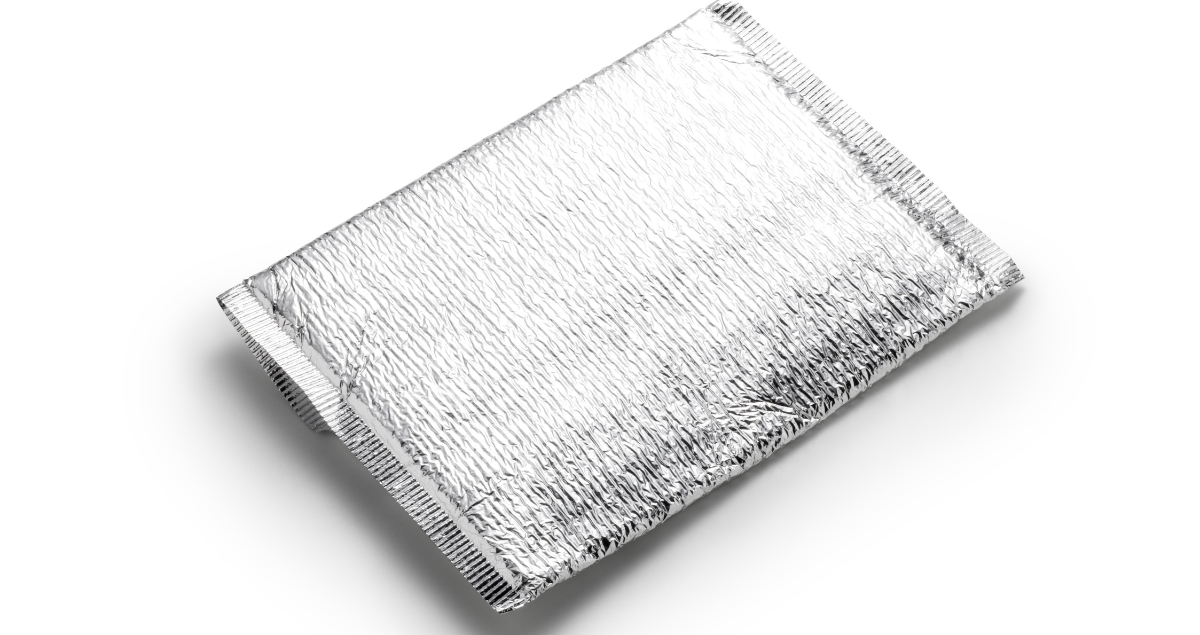
Types of Product Boxes for E-commerce Business Owners
In the world of e-commerce, product packaging plays a vital role in capturing customer attention, protecting goods, and enhancing brand identity. As an e-commerce business owner, packaging designer, or product marketer, understanding the different types of product boxes available can help you make informed decisions that align with your brand and product requirements. In this comprehensive guide, we will explore the various types of product boxes, their advantages, customization options, and their suitability for different products and industries.
In today’s competitive marketplace, standing out from the crowd is essential. Beyond the quality of your products, the packaging serves as the first point of contact between your brand and your customers. It can make a lasting impression, create anticipation, and convey your brand’s values. By choosing the right type of product box, you can elevate your brand’s image, enhance the customer experience, and protect your products during shipping and handling.
Now, let’s dive into the different types of product boxes and uncover their unique features and benefits.
Types of Product Boxes
1. Corrugated Boxes

Corrugated boxes are the standard go-to for a wide variety of general use applications. These boxes are manufactured from corrugated cardboard material, which consists of a fluted sheet sandwiched between two liner sheets. The structure of corrugated boxes offers several advantages, such as enhanced durability, lightweight nature, and significant cushioning properties that protect the contents from damage during transit. Furthermore, they provide an excellent surface for printing, allowing brands to customize their packaging with their unique designs, logos, and messaging. Corrugated boxes are ideal for shipping a diverse range of products, from electronics to delicate glassware, making them a versatile and effective solution for e-commerce businesses across all industries.
2. Bubble Mailers

Bubble mailers are another popular packaging option, especially favored for shipping smaller and less fragile items. These are essentially lightweight padded envelopes that come with a bubble wrap lining for added protection. Due to their compact and lightweight nature, bubble mailers can save on shipping costs and storage space. While they may not offer the extensive protection that corrugated boxes do, they are perfect for products that need a reasonable level of security without the bulkiness. Items such as jewelry, books, cosmetics, small electronics, and other retail products can be shipped safely using bubble mailers. Additionally, like corrugated boxes, these mailers also present an opportunity for branding as they can be customized with logos, brand colors, and other design elements.
3. Poly Mailers

Poly mailers are plastic envelopes that are lightweight and water-resistant, making them a practical option for shipping non-fragile items like clothing, textiles, or soft goods. They are popular among fashion retailers for their ability to keep items safe from moisture and damage, while their slim profile helps to reduce shipping costs. Brands can also customize poly mailers with their logo and brand colors, enhancing their visibility and recognizability.
4. Cardboard Tubes

Cardboard tubes are cylindrical tubes primarily used for shipping posters, blueprints, prints, and other documents that need to maintain their shape during transit. The tube’s rugged design protects the contents from bending or creasing, ensuring they arrive in the same condition they were sent. Cardboard tubes are an excellent choice for businesses in the arts, architecture, and publishing sectors as they provide a solution tailored specifically to their needs.
5. Padded Envelopes

Padded envelopes are envelopes equipped with built-in padding for added protection, effectively shielding the contents from potential damage during shipping and handling. These are ideal for smaller items that require a higher level of protection, such as CDs, jewelry, or small electronics. Padded envelopes can be customized with a company’s branding, making them not just functional but also a valuable tool for marketing and brand recognition.
6. Wooden Crates

Wooden crates are robust, durable containers primarily designed for transporting heavy or fragile items. Their sturdy construction provides excellent protection against physical impacts, making them a preferred choice for shipping items like machinery, antiques, or artwork. While they may be a more expensive option compared to other packaging materials, wooden crates are often reusable and therefore may offer long-term value. Additionally, they can be customized to fit a product’s exact dimensions, ensuring secure and snug transportation. As with other types of packaging, wooden crates also offer branding opportunities, allowing companies to imprint their logos or other brand-related information directly onto the wood.
7. Plastic Totes/Bins

Plastic totes or bins are durable plastic containers that are perfectly suited for bulk or heavy items. These containers are known for their resilience and are often used for shipping items that need substantial protection. The hard plastic casing is water-resistant, keeps dust and dirt at bay, and can endure rough handling during transit. This makes plastic totes or bins an excellent choice for products such as tools, hardware, heavy electronics, or bulk food items. The durability and long shelf-life of these containers also make them a sustainable choice, as they can be reused multiple times. Moreover, these containers can be customized with a company’s logo or branding, offering a robust and reliable packaging solution that also serves as a branding asset.
8. Corrugated Mailers

Corrugated mailers are a subset of corrugated boxes designed specifically for the delivery of smaller items. These are essentially flat boxes outfitted with self-locking tabs for secure closure, negating the need for additional packing tape or adhesives. Their compact and sturdy design provides ample protection for the product inside, ensuring it reaches its destination in pristine condition. Additionally, the flat surface of the mailer can be customized with the company’s logo, branding elements, or personalized messages, adding value to the overall unboxing experience. Perfect for shipping books, magazines, DVDs, and other similar products, corrugated mailers have become a staple in e-commerce packaging due to their practicality and adaptability.
9. Custom Branded Boxes

Custom Branded Boxes are packaging boxes that are specifically designed with the branding elements of a company. This may include the company’s logo, tagline, brand colors, and specific design elements that resonate with the brand’s identity. These boxes not only serve the utilitarian purpose of packaging and protecting the product but also act as a powerful marketing tool that enhances brand visibility and recognition. The customization options are virtually limitless, allowing brands to create unique and appealing packaging that stands out in a crowded marketplace. From small retail boxes to large shipping cartons, any size or style of box can be customized to reflect a brand’s image and message. Therefore, Custom Branded Boxes are an excellent choice for businesses looking to elevate their packaging strategy and create a memorable unboxing experience for their customers.
10. Shrink Wrap

Shrink wrap is a transparent plastic film used to secure and bundle items together. The film is applied loosely around the product, and when heat is introduced, it shrinks and conforms to the shape of the packaged goods, offering a tight and secure seal. Not only does shrink wrap provide protection against dust, moisture, and tampering, it also enhances the product’s appearance, making it a popular choice for a wide range of applications, including food packaging, pharmaceuticals, and consumer goods. Its transparency allows for easy inspection of the product, and it can be combined with printed labels or sleeves to improve product visibility and branding.
11. Foam-in-Place Packaging

Foam-in-place packaging is a unique packaging solution where foam is directly injected into the box, enveloping the product and creating a customized protective layer around it. The foam expands and hardens upon application, molding itself to the shape of the product, thereby ensuring a secure fit. This method is particularly useful for fragile or unusually shaped items that require additional support and protection during transit. It effectively absorbs shock and vibrations, reducing the risk of damage. While Foam-in-Place packaging might be a bit more costly than other alternatives, the superior protection and custom fit it offers make it a valuable investment, particularly for high-value or delicate items.
12. Thermal Packaging

Thermal packaging is a type of packaging designed with insulating materials that possess thermal properties. It maintains a constant temperature inside the package, protecting the contents from significant temperature fluctuations. This type of packaging is widely used for shipping temperature-sensitive goods, such as food, pharmaceuticals, or other perishable items. The insulating materials can include polystyrene foam, insulated panels, or even thermal blankets. For perishable items requiring refrigeration, the package may also contain gel packs or dry ice. The high performance of thermal packaging ensures that goods arrive at their destination with their quality intact, making it an essential choice for businesses dealing with sensitive products. It also offers a potential canvas for branding, as the exterior can be customized with logos and brand-specific design elements.
13. Corrugated Pallet Boxes

Corrugated pallet boxes are large, sturdy containers designed to fit securely on pallets. These boxes are commonly used in the transport and storage of large, bulky, or heavy items, often in bulk quantities. Made from corrugated cardboard, they offer robust strength and durability, capable of withstanding substantial weight and rough handling during transit. The corrugated design also provides excellent cushioning, protecting the encased products from shock and vibrations. Furthermore, these boxes can be custom-printed with a company’s logo or other branding elements, transforming a functional packaging solution into a potent branding tool. Despite their size, corrugated pallet boxes are recyclable and more environmentally friendly than alternative industrial packaging options. Whether for domestic or international shipments, these boxes provide an efficient and dependable solution for businesses with large-scale packaging needs.
14. Dunnage Bags

Dunnage bags, also known as airbags, are inflatable, cushion-like packaging solutions primarily used during shipping to fill voids, brace loads, and secure items in place, thereby preventing movement and possible damage during transit. They are typically made of durable, flexible materials such as polyethylene or vinyl, and are filled with air, providing excellent cushioning for the enclosed products. When appropriately used, dunnage bags can effectively absorb shocks and vibrations, significantly reducing the risk of product damage. Easy to use and cost-effective, they are a popular choice for shipping a wide range of goods, including machinery, electronics, furniture, and more. Just like other packaging solutions, dunnage bags can also be customized with a company’s branding, further enhancing its packaging strategy.
15. Jiffy Bags

Jiffy Bags are padded envelopes that are designed to provide an extra layer of protection for small, delicate items. These bags feature an outer layer made of durable kraft paper, and an interior layer of bubble wrap, which offers cushioning that safeguards the contents against shock and impact during transit. They are lightweight, helping to control shipping costs, while their self-sealing design ensures a secure closure. Jiffy Bags come in a variety of sizes, making them a versatile solution for shipping a wide range of products, from jewelry to electronics components. They can also be printed with a company’s logo or other branding elements, making them a practical component of an effective packaging strategy.
Material Considerations
When selecting packaging materials, there are a number of factors to consider. Durability, cost-effectiveness, and the ability to protect the product are primary considerations. However, the materials should also be able to effectively communicate the brand image and meet the increasingly demanding consumer expectations for eco-friendly packaging.
Factors Influencing Material Choice
Choosing the right packaging material is influenced by several factors. The product’s nature, size, and fragility are key determinants of the type of material to be used. Additionally, the method of transportation, storage conditions, and the expected shelf life of the product also play a role. From a marketing perspective, the material should be able to enhance the product’s visibility and appeal to consumers.
Environmental Impact of Various Materials
Different packaging materials have varying degrees of environmental impact. While materials like glass and metal can be recycled indefinitely without losing their quality, plastic often ends up in landfills or the ocean, causing pollution. Biodegradable materials like paper and cardboard are environmentally friendly but may not provide the same level of protection as their non-biodegradable counterparts.
Trends in Sustainable Packaging
As concern for the environment grows, there is a significant trend towards sustainable packaging. This includes the use of recycled materials, biodegradable packaging, and designs that minimize waste. Many companies are also exploring innovative materials like plant-based plastics and mushroom packaging that can be composted at the end of their lifecycle.
Consumer Preferences and Perceptions
Increasingly, consumers are becoming more conscious about the environmental impact of their purchases. As a result, packaging that is recyclable or made from renewable resources can be a powerful selling point. Consumers are willing to pay a premium for products with eco-friendly packaging, and perceive brands that use sustainable packaging as more trustworthy and responsible.
Design Considerations in Product Boxes
Importance of Aesthetics and Branding
The visual appeal of product boxes plays a pivotal role in customer attraction and retention. A well-designed box can instantly convey the quality of the product inside and the ethos of the brand. Unique, eye-catching designs or high-quality materials can make a product stand out on a crowded shelf. Additionally, the branding on the box serves as a silent ambassador for the company. Logos, color schemes, and other design elements can reinforce brand recognition, establishing a strong connection with consumers. In a hyper-competitive market, effective aesthetics and branding on product boxes are no longer optional; they are a necessity.
Functional Design for Protection and Storage
Beyond aesthetics, product boxes must serve their primary function: to protect and store the product. The design should ensure that the product reaches the customer in pristine condition, regardless of the rigors of transport and handling. This involves considerations such as the strength and durability of the materials used, and the design of the box itself. Additionally, the design must account for efficient storage, both in terms of shipping (how many units fit in a shipping container) and retail (how the boxes stack or display on a shelf).
Innovations in Design for User Experience
The design of product boxes has evolved from merely functional to experiential. Innovative designs not only protect and store products, but also delight customers and enhance their overall experience with the product. This could be as simple as a box that is easy to open, or as complex as a box that transforms into a useful object, such as a toy or a storage device. More than just containers, product boxes are now opportunities for brands to create memorable and positive experiences for their customers.
Legal and Regulatory Considerations in Design
Compliance with legal and regulatory requirements is a crucial aspect of product box design. This covers a wide range of issues, from the mandatory disclosure of certain product information to the use of specific symbols for international shipping. The design must also comply with regulations on materials used, particularly for food or pharmaceutical products. Additionally, it must follow guidelines on recyclability and environmental impact. Non-compliance can result in legal repercussions and damage to the brand’s reputation, making it an essential element of design considerations.
Future Trends and Innovations in Product Boxes
Emerging Materials and Technologies
Emerging materials and technologies are set to transform the world of product packaging. Innovations include smart packaging which integrates technologies such as QR codes and augmented reality to give customers a more interactive experience. There’s also a surge in the use of new materials, such as nanomaterials that enhance the protective qualities of the packaging, ensuring better product preservation.
Shift Towards Eco-Friendly Solutions
The shift towards eco-friendly packaging is more of an expectation than a trend in the current market. Bioplastics, mushroom packaging, and other compostable materials are steadily gaining traction. Not only do these reduce environmental impact, but they also appeal to the growing consumer base that values sustainability.
Personalization and Digital Printing
The rise of personalization and digital printing in product boxes is set to continue. Personalized packaging, tailored to individual customer preferences or occasions, can significantly enhance the unboxing experience. Similarly, advancements in digital printing have enabled high-quality, vibrant designs at a lower cost, making it easier for brands to experiment with visually stunning, custom packaging solutions.
Conclusion
Choosing the right type of product box is a crucial decision for e-commerce business owners, packaging designers, and product marketers. The packaging serves as a tangible representation of your brand and plays a significant role in protecting your products, creating a positive customer experience, and leaving a lasting impression. Consider factors such as product type, transportation requirements, branding opportunities, and environmental impact when selecting the appropriate type of product box. By making informed choices, you can enhance your brand’s image, reinforce customer loyalty, and ensure the safe delivery of your products. Remember, the packaging is more than just a box; it’s an integral part of your brand’s story.
Contact us today!
Give us a call today and let’s discuss how we can make things easier for you. We are the logistics service you need for keeping your business on top.
Questions?
Fire away!
We are happy to answer your questions by email or phone. Let us know what you’d prefer and how best to reach you.
